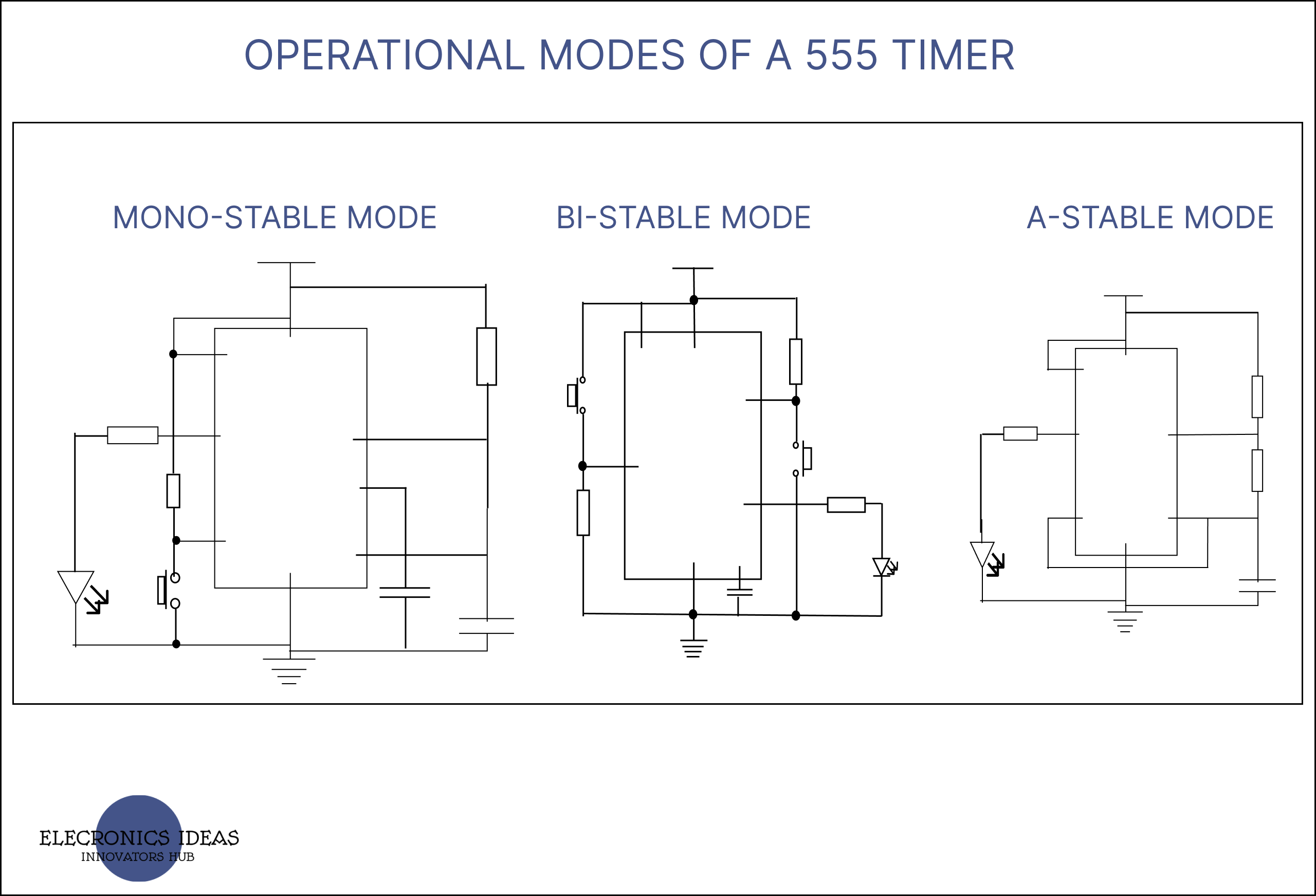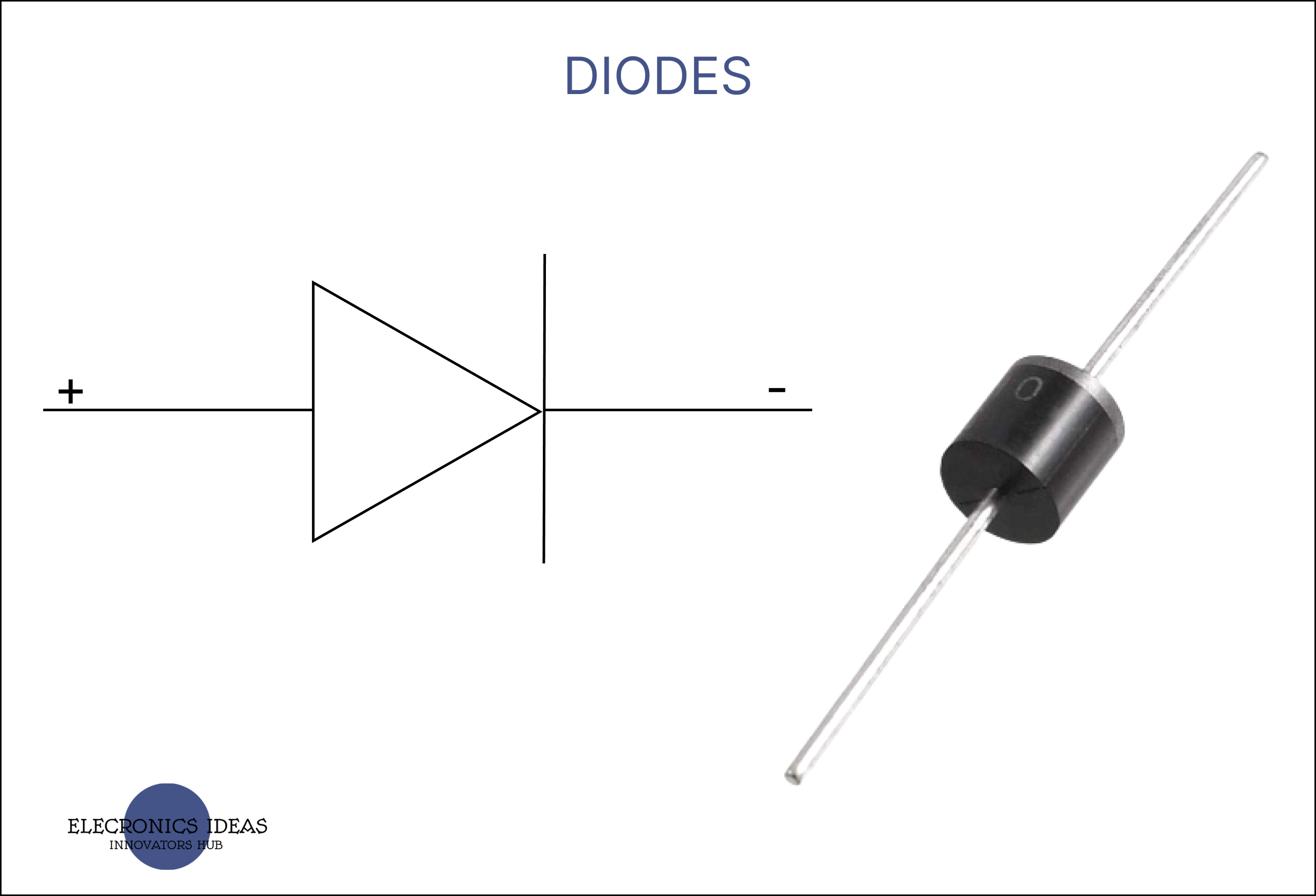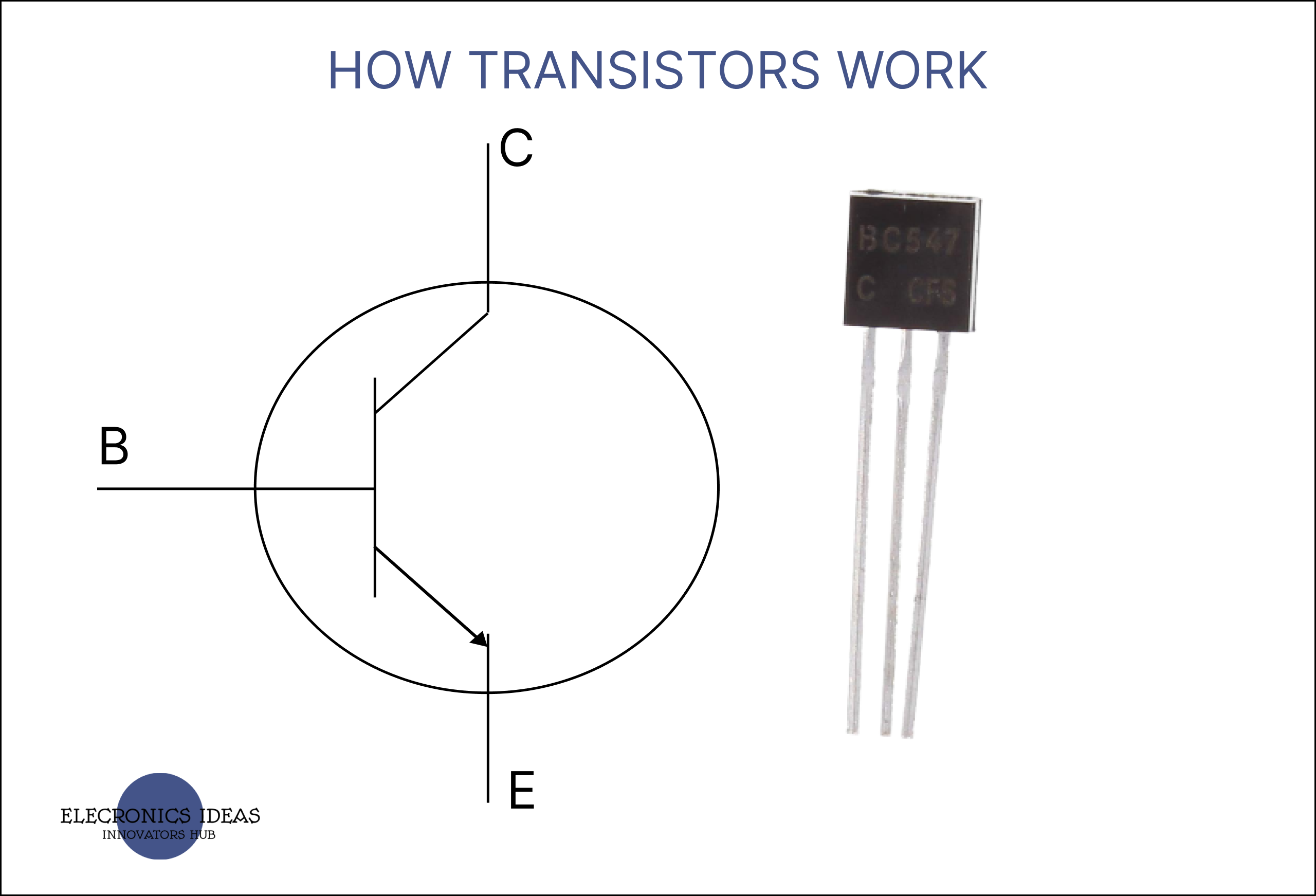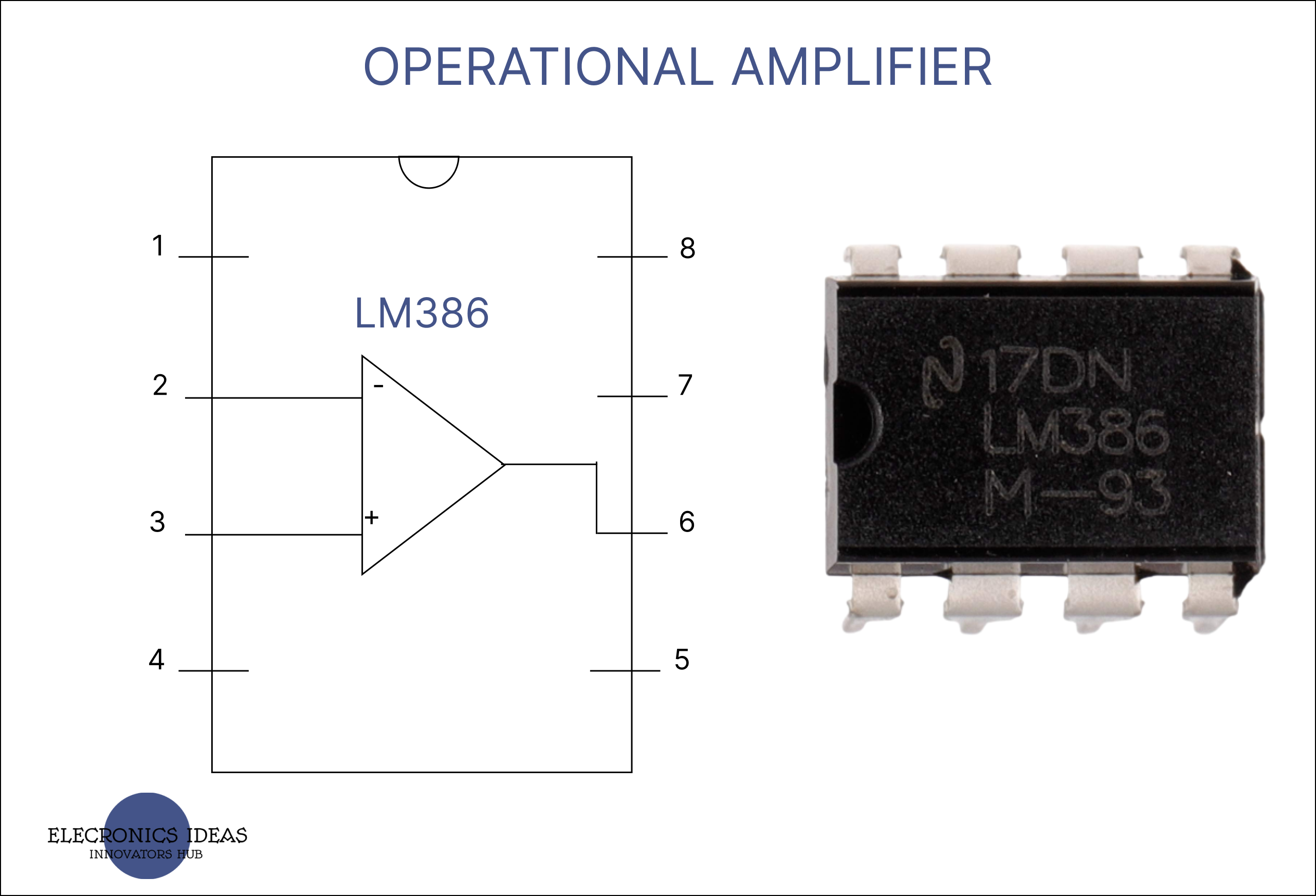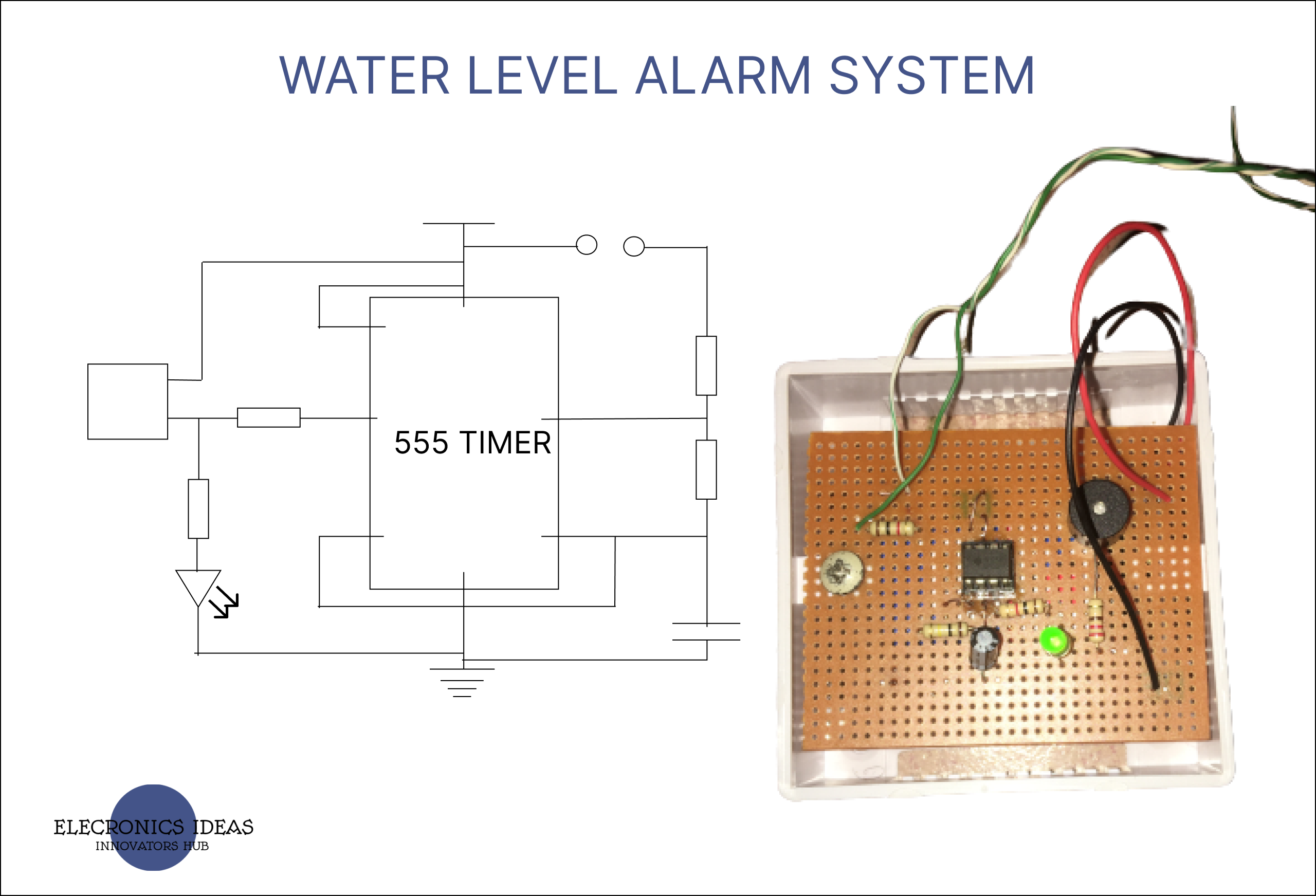Operational modes of a 555 timer
Introduction to the operational modes of a 555 timer A 555 timer is one of the most used integrated circuits for most electronic projects. We would discuss in detail all the operational modes of a 555 timer. It functions in different circuits as either a switch, a flip-flop, or an oscillator. A 555 timer can … Read more

